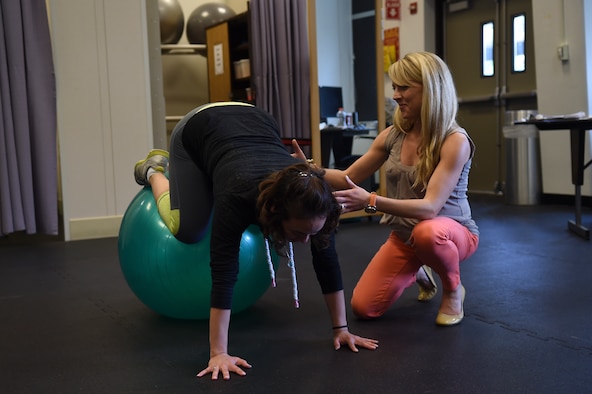Written by Dr. Rachel Nesseth
“My knee hurts, should I get an MRI? My back has been hurting, so my doctor prescribed me pain medication. I have back spasms and tightness, so my doctor gave me muscle relaxants. My shoulder has hurt for a while and I am going to get an injection.” These are the sentiments I hear this all the time from my patients, usually during our first visit. Pain is exhausting and aggravating when you have to deal with it day in and day out. By the time patients finally, land in physical therapy, they have often been dealing pain for at least a few weeks, if not months or years. It can be debilitating to go through life with pain and discomfort, especially with your favorite activities.
The United States is the largest consumer of pain medication in the world. Last year, the CDC announced that physical therapy is now recommended to treat low back pain rather than opioids. This is a big change in the current healthcare structure. We have become accustomed to taking a pill for each problem that we have. The problem with this mentality is while there may be a pill for almost every symptom (with its share of side effects), there is no pill that fixes the root of the problem. Treating symptoms, instead of the root of the problem is the end of health care. If everyone focuses on the superficial wound, without finding the source of the bleed, we won’t fix anything. The same goes with any musculoskeletal problem. If there is a mechanical problem, a physical therapist can find the source and help you on your way to recovery with stretching, soft tissue work, manipulations, and exercises.
Physical therapists are trained to understand the mechanics of the body, have extensive knowledge of anatomy and physiology and exercise to help patients heal themselves to return to their normal activities. They observe how people move, discern what movements and tissues are involved in the problem and teach patients how to heal themselves. While some patients can recover with just physical therapy, other healthcare professionals are often involved in your recovery through any injury. It may be necessary to have additional soft tissue work from a massage therapist, acupuncture, cryotherapy, injections from a physician or chiropractic work. All of these routes or combination thereof can help patients recover to their fullest potential.
Yes, I understand that it’s important to be limber and strong, but can physical therapy actually fix the problem? Don’t I need surgery?
I often come across patients believing that surgery is the only way to fix their injury. This is true with some conditions, and I always encourage you to look at all your options. Sometimes in physical therapy sessions leading up to surgery, patients find relief of their pain and are able to avoid going under the knife. Surgery is not always the answer, just as physical therapy is not always the answer. There are plenty of patients who, despite their efforts in physical therapy do not find relief of symptoms and the source of problems. The main idea is that people should try less invasive and expensive procedures to address their injury. Surgery has its risks and often requires physical therapy after to return to full function.

So how does it work?
Physical therapists have knowledge of anatomy and physiology (how the body works on a cellular and chemical level). This means that they understand how to stress (yes, stress is both good and bad; we are talking about good stress here) tissues in the body to promote healing. There should be a distribution of tension, stability, and strength evenly throughout the body, which also depends on your history of injury and surgery. Physical therapists can help you to reduce the imbalance of stress in your body structures to reduce your pain.
Yes, but don’t I need to fix something if it’s torn?
The answer is usually yes, but with enough support from surrounding structures in your body like ligaments, tendons and, often most important, musculature you can often live with that particular injury. Your recovery has most to do with function. Are you able to do all the activities in your life that you would like to without pain? If the answer is yes, then why would you need surgery? There are professional athletes who compete without an ACL, there are fathers who play with their kids without all 4 of their muscles in their rotator cuff attached, and there are weight lifters who only have half of their biceps attached. It is possible to still function without perfect anatomy described in medical books. This shows how adaptive the body is to continue functioning.
This is not to say that everyone should avoid all surgery. Surgery is a very important part of our healthcare system that keeps people alive and functioning. There is a time and place for everything, and occasionally there is a sequence of events. Trying a less invasive form of treatment or a natural form of medicine (like changing your diet and exercise) is where healthcare is headed for the first line of defense. Drugs and surgery are more invasive, come with risk and side effects. It’s time to try a holistic and natural approach first.
![pt-first-line[1] Physical Therapy as First Option](https://www.risephysicaltherapy.com/wp-content/uploads/2023/04/pt-first-line1.jpg)


